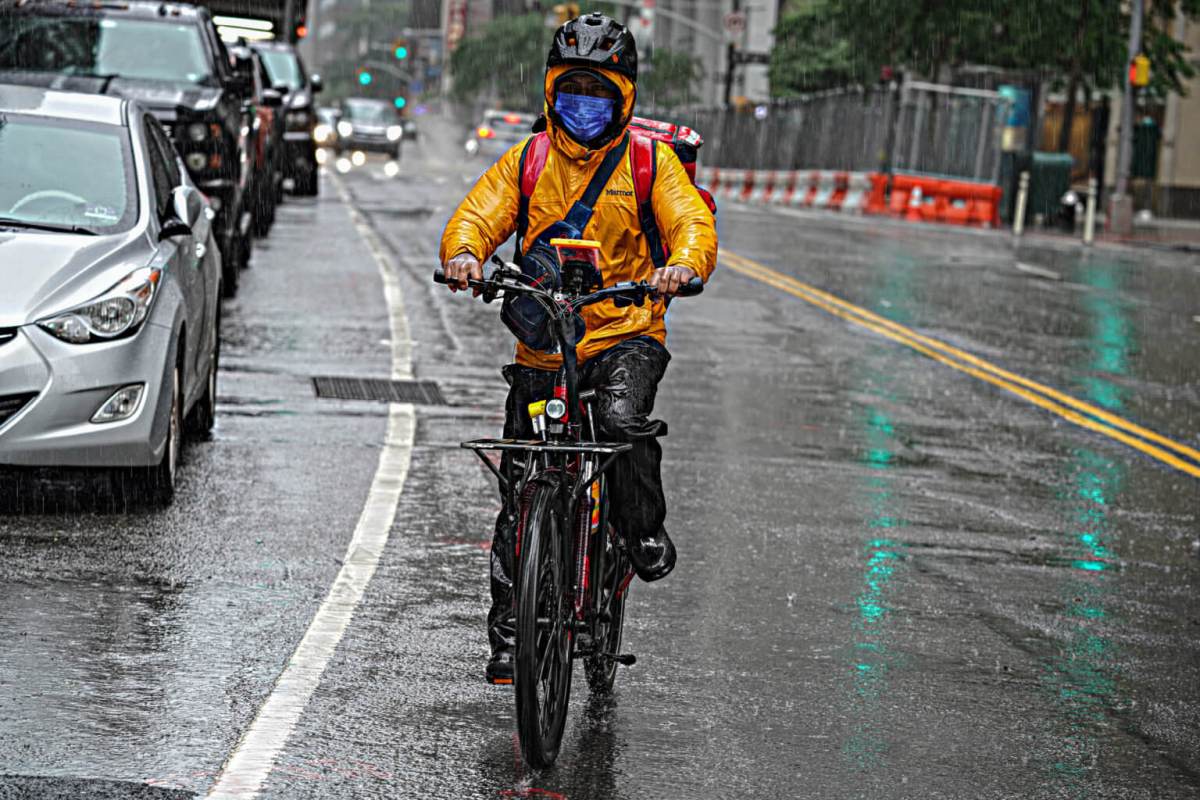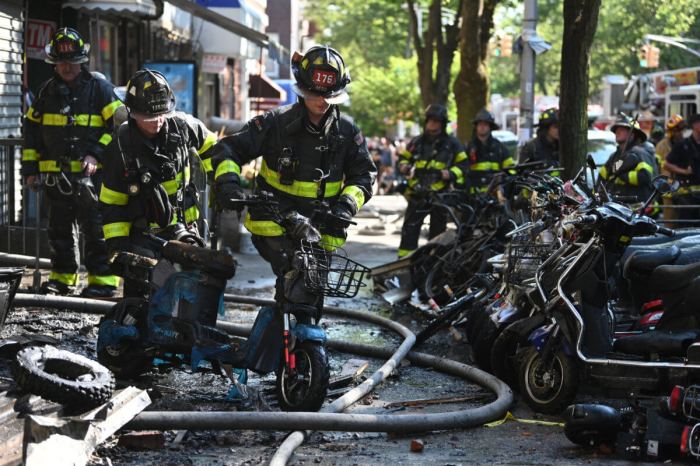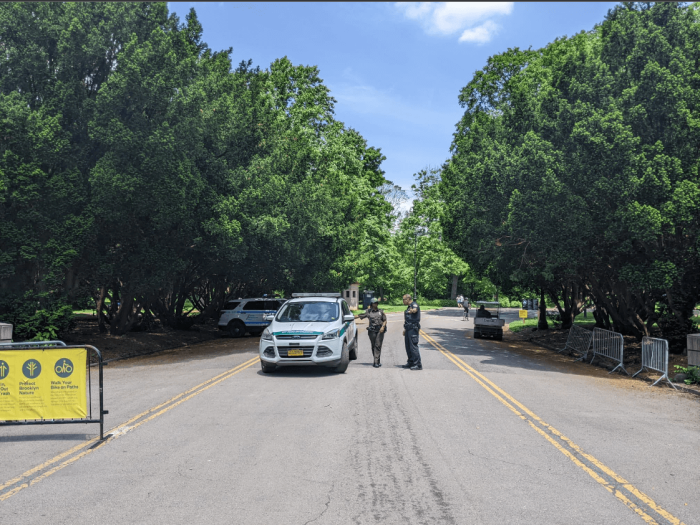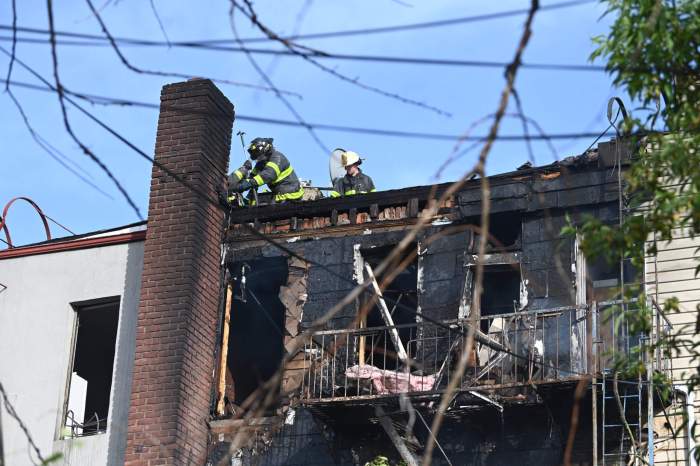The New York City Council will consider a package of bills aimed at improving the safety of e-bikes after a score of deadly fires connected to the electric batteries powering them.
The FDNY says that fires caused by e-bike lithium-ion batteries have injured 140 people and killed 6 so far in 2022, a massive increase from the 13 injuries and 0 deaths attributed to them in 2019.
Safety issues with the batteries came to the fore earlier this month after more than 40 people were injured in a massive inferno at a Midtown high-rise, which firefighters say started in an apartment where at least 5 e-bikes were being stored for repairs.
“The fast rise in fires related to e-bike batteries is extremely alarming,” said Bronx Councilmember Oswald Feliz, whose district saw the devastating Twin Parks fire earlier this year, at a press conference Monday morning. “Last week, we had another horrible fire in a midtown high-rise, a midtown high-rise fire that could have turned into another Twin Parks fire. 43 people were injured. This is a fire safety crisis that will not go away on its own, it requires legislative solutions.”
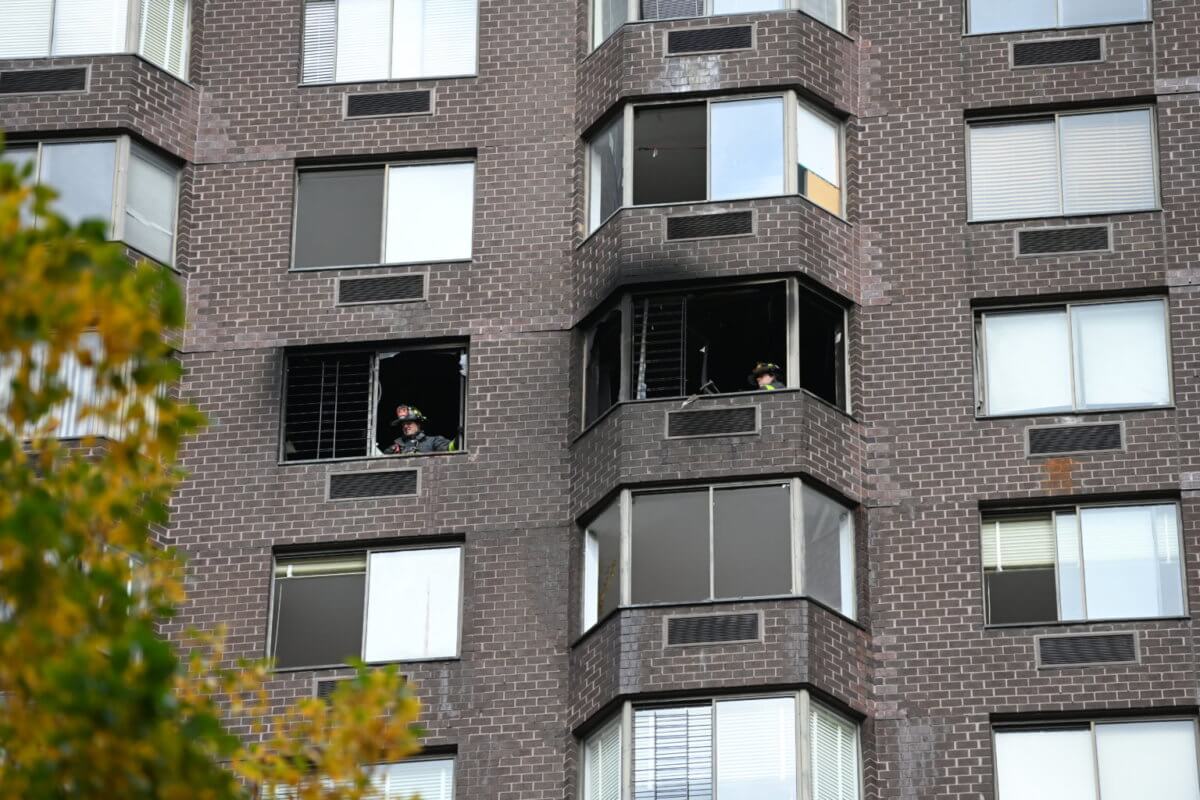
The suite of five bills would require the city to conduct outreach to the public and to the 65,000-strong food courier workforce, who depend on e-bikes and scooters for their livelihood, and would require the FDNY to compile an annual report on battery fire mitigation efforts. Another bill requires all e-bike batteries sold in the city to be certified as safe by a nationally recognized testing laboratory.
The most controversial bill — at least according to its own sponsor, Upper West Side Councilmember Gale Brewer — would ban the sale of “second-use” lithium-ion batteries, which are assembled from cells taken from used batteries, and are identified by officials as the riskiest and most prone to ignite.
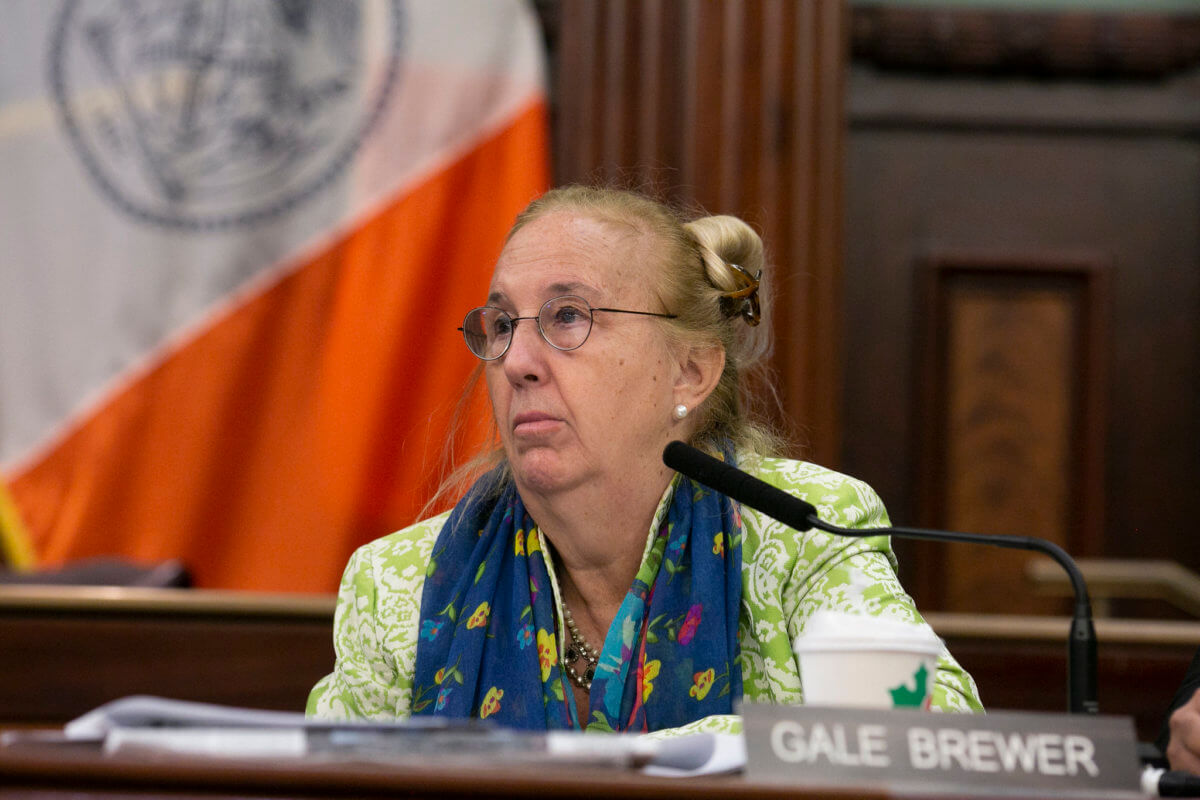
“Too many consumers still don’t grasp how dangerous lithium-ion batteries can be, and that we need to have the original battery in place,” said Brewer, who acknowledged that further discussions are needed to best tailor the bill to meet the needs of the food delivery industry.
A ‘runaway’ problem
Fire Department brass attribute 191 blazes this year to lithium-ion batteries. That’s nearly double the 104 fires caused by the batteries in 2021, and more than five times higher than the 30 seen in 2019.
And the fires caused by the batteries are often deadlier than the average inferno thanks to the phenomenon of “thermal runaway,” says Thomas Currao, the FDNY’s Acting Chief of Fire Prevention.
“Lithium-ion battery fires present challenges to firefighters that are different from other types of fires,” Currao said in testimony to the Fire & Emergency Management Committee on Monday. “In addition to what we might consider a traditional fire, there’s a threat of thermal runaway. This occurs when an excess of heat is generated within the battery, resulting in an uncontrollable, self-heating status that exceeds the rate at which heat can be safely dissipated.”
“This causes a domino effect within the cells of the battery and potentially creates an explosive state,” Currao continued, “producing an ejection of gases, shrapnel, and particulates.”
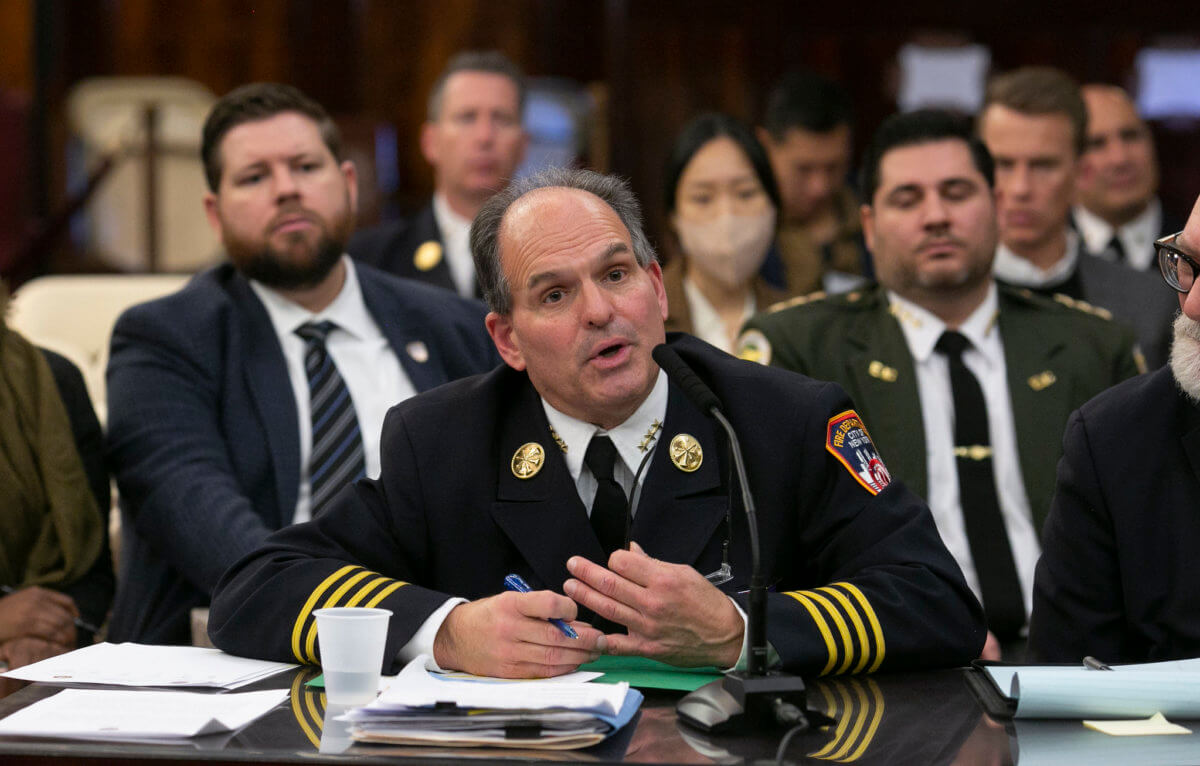
One byproduct of thermal runaway is “billowing white smoke” that is “toxic and highly flammable,” Currao said. A fire in one lithium-ion battery can “easily” spread to others nearby, as was seen in the Midtown fire. And even after the fire dissipates, the battery is still a “box of chemicals” that can easily reignite, the chief noted.
Delivery workers caught in middle
The grueling work of delivering food can put loads of stress on an e-bike or scooter that makes an accident more likely, officials say. Deliveristas, some of the most overworked and exploited laborers in the city, put long hours and thousands of miles on their e-bikes and batteries, braving any kind of weather and persistent traffic collisions to bring New Yorkers their grub.
“Most e-bikes are not designed to be used 12 hours per day in poor weather, or sometimes having the heavy cargo,” Brewer said. The batteries are not designed for such heavy use either, so workers carry several and need to charge them, the former Manhattan Borough President noted.
Nonetheless, deliveristas may be economically incentivized to purchase used, reassembled batteries as they can be substantially cheaper than new ones, which can run for hundreds of dollars on top of the cost of the bike itself and other on-the-job equipment. Food couriers’ status as independent contractors mean they often have to pay for their own equipment, even though many effectively make less than the minimum wage.
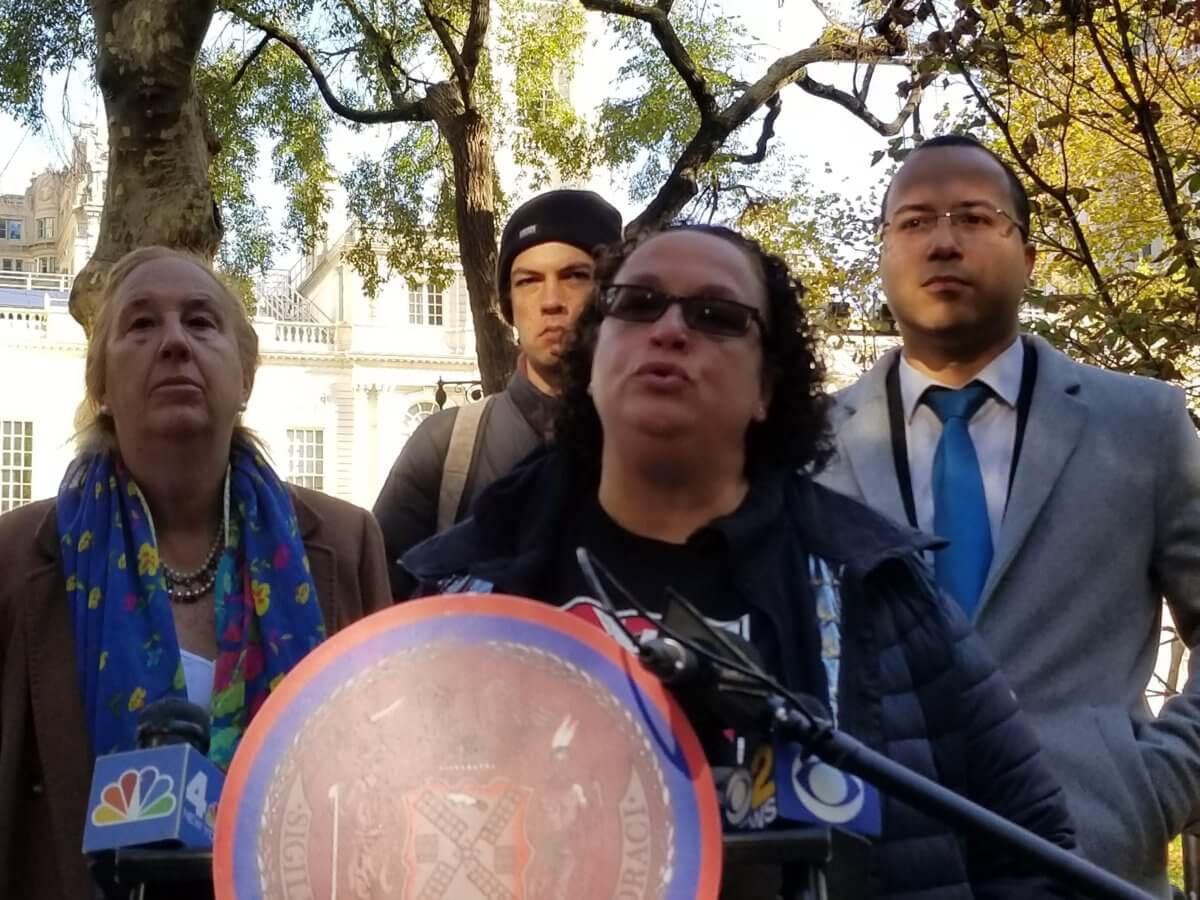
The FDNY, which supports the ban on secondhand batteries, says that reassembled e-bikes without their original battery are more likely to blow.
Hildalyn Colón Hernández, policy director for the delivery worker collective Los Deliveristas Unidos, says workers often spend more than $3,000 for their job equipment, and the cost barrier means many will use the same equipment for years on end. While she acknowledged the need to address the fire safety issues from the batteries, more time and negotiation is needed to ensure that any legislation doesn’t place a massive burden on deliveristas.
“The legislation cannot end up penalizing people that use these tools to work,” said Colón Hernández. “Why? Because a couple of years ago, deliveristas used to be actually charged and arrested for having an electric e-bike. People cannot be penalized just to try to feed their families or choosing to live in an apartment.”
Deliveristas stressed the centrality of e-bikes to their livelihood as they lobbied the New York City Housing Authority to halt a proposed ban on them within its properties; their effort was successful, and the NYCHA backed down from the plan.
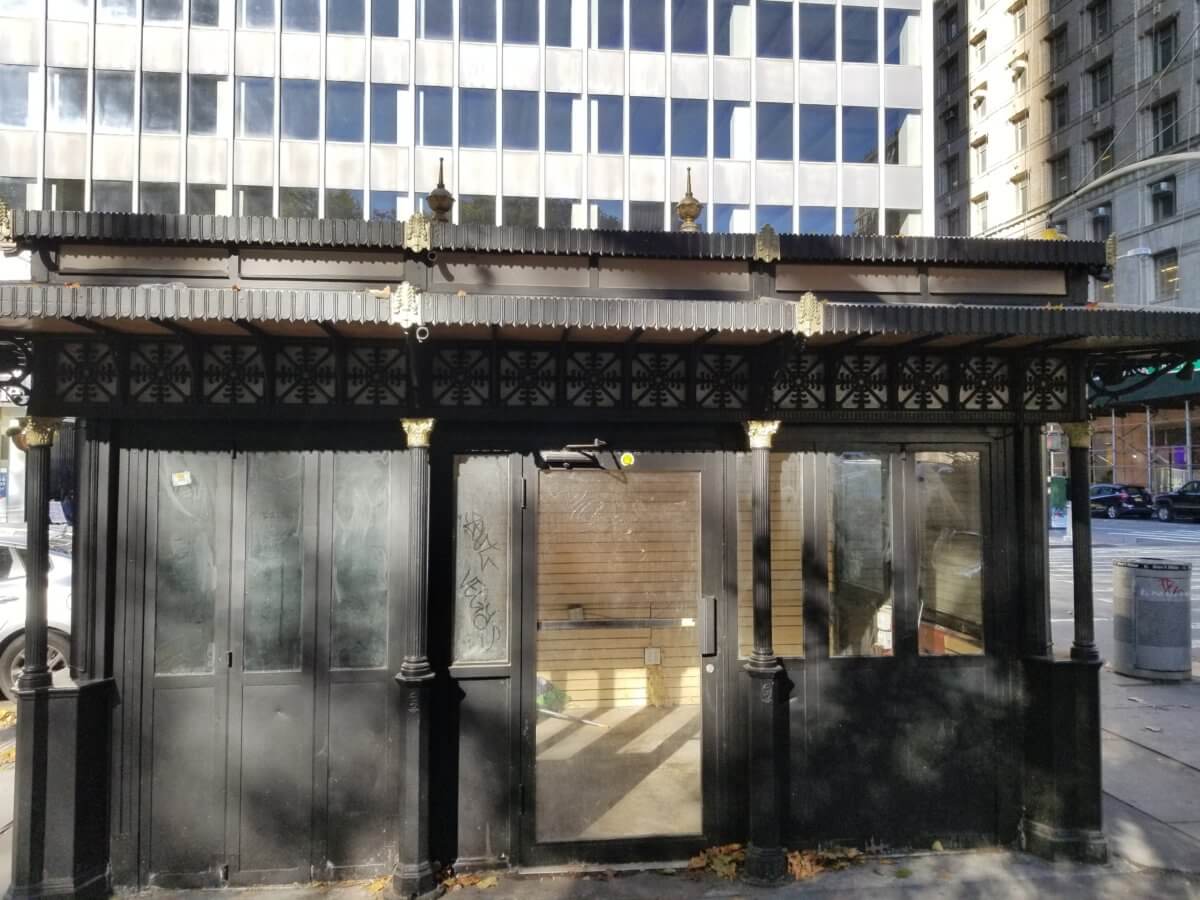
FDNY honchos would not give an answer when pressed by City Council members whether they would recommend not storing e-bikes indoors at all, arguing that the question “straddles that line” between legitimate safety concern and the needs of those making a livelihood off their bikes. Fire brass recommend never leaving devices unattended while charging or in their charger overnight, and under no circumstances should they be left near a window or door in such a way that could block an exit during a fire.
Last month, Mayor Eric Adams and Senator Chuck Schumer unveiled a plan to repurpose abandoned newsstands as charging hubs and rest stations for deliveristas. Schumer secured $1 million in federal funds for the effort.



